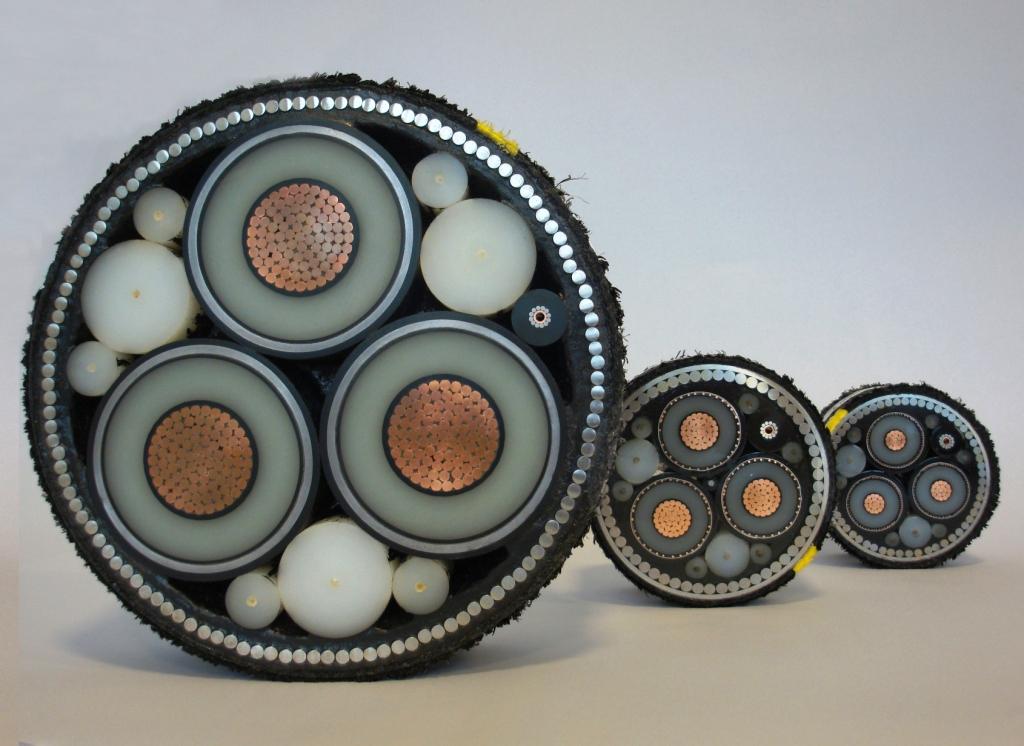Overhead lines: They usually have no insulation, bare metal conductor, set up in the air to insulator string fixed on the tower, the air for the insulation.
Key advantages: Low cost The disadvantage is the occupation of land resources (line corridor), affecting the city's appearance.

Overhead transmission lines from the line tower, wire, insulators, and other components, are erected on the ground above.
The wires are made of electrically conductive metal with a sufficiently thick cross-section (to maintain proper flow density) and a larger radius of curvature (to reduce corona discharge).
Ultra-high voltage transmission is the use of split wire.
Overhead ground (also known as a lightning line) is located above the transmission wire and used to protect the line from lightning.
Important transmission lines usually use two overhead ground lines. Insulator string by a single suspension (or rod) insulator in series, to meet the insulation strength and mechanical strength requirements.
The number of insulators per string is determined by the transmission voltage level.
Overhead lines are set up and maintenance is more convenient, the cost is low.
Overhead transmission lines in the design to consider it by the temperature changes, strong storms, thunder, rain, ice, floods, wet fog, and other natural conditions. Overhead transmission lines through the path also have enough ground width and a clearance corridor.
Transmission lines in the comprehensive consideration of technology, economics, and other factors identified after the maximum transmission power, known as the transmission capacity of the line.
The conveying capacity is roughly proportional to the square of the transmission voltage.
Therefore, to improve the transmission voltage is to achieve large capacity or long-distance transmission of the main technical means, but also the development of transmission technology, the main symbol.
At present domestic and foreign (including Europe and the United States developed countries) generally use overhead lines as the most important way to transport electricity.
Power cable: the use of insulating media will be insulated from the outside world, laying on the ground or underground.
The main advantages, laying more convenient, less land occupied, does not affect the city.
The disadvantage is that the cost is too high. In terms of safety, the current line that, due to material and manufacturing processes and other reasons, overhead line safety is better than the power cable, the failure rate is far lower than the power cable.
In addition, there is a "pipe insulated bus", is between the conductor and metal shell filled with SF6 gas (or other) as an insulating medium. More costly.
Power cables are generally made of wire, insulation, and a protective layer of single-core, dual-core, and three-core cable.
Underground cable lines are used in areas where overhead lines are erected, such as in urban areas or in special sections.
The current use of cable transmission, mainly from the urban landscape and line security point of view.
But the cable line fault detection time and maintenance time is very long, to the reliability of the operation of the grid and the user's normal electricity have a serious impact.
So in the power grid construction, with cable lines, all replace the overhead lines or can not be achieved.